How to fix BUGCODE USB3 DRIVER errors in Windows 10/11
8 min. read
Updated on
Read our disclosure page to find out how can you help Windows Report sustain the editorial team. Read more
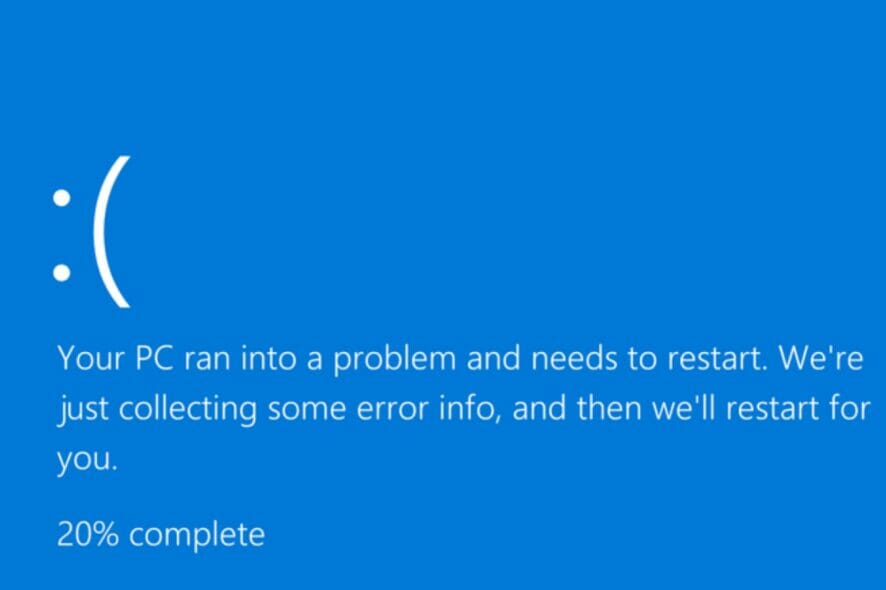
Blue Screen of Death errors are probably one of the most serious errors that you can encounter on Windows 10.
These errors will restart your PC every time they appear, and since they can be such a big problem, today we’ll show you how to fix BUGCODE USB3 DRIVER error.
How do I fix BUGCODE USB3 DRIVER BSoD error
- Use a third-party BSoD fixer
- Run the BSOD Troubleshooter
- Download the latest drivers
- Keep your Windows 10 updated
- Run the SFC scan
- Run DISM
- Check the hard drive
- Find and remove problematic applications
- Update your BIOS
- Use USB 2.0 port during the Windows 10 installation
- Reset Windows 10
1. Use a third-party BSoD fixer
Repair your system files and get rid of any BSoD error by using a third-party repair tool software to do it for you.
The software keeps you safe and your computer clean, getting rid of useless files, thus improving your system’s health. Moreover, it is easy to use thanks to its comprehensive UI.
2. Run the BSOD Troubleshooter
- Open the Settings app.
- Go to Update & Security > Troubleshoot.
- Select BSOD from the right pane and click Run the troubleshooter.
- Follow the instructions on the screen to complete the troubleshooter.
The next thing we’re going to try is Windows 10’s built-in troubleshooting tool. This tool can be used when dealing with various system problems, including the BSOD issues.
So, it’s likely to resolve the MSDN BUGCHECK bugcode_usb3_driver error. Follow the fairly simple steps above to learn how to troubleshoot using your pc.
3. Download the latest drivers
Drivers are an integral part of every operating system, and in case your drivers are corrupted or outdated, Windows 10 won’t be able to recognize or use that specific hardware.
Updating your drivers is fairly simple if you choose to use a third-party app. In fact, the software will download all the necessary drivers for you. All you need to do is click a few times and the process is automated.
Never worry about drivers and driver related problems again and install this useful and awesome software asap.
4. Keep your Windows 10 updated
- Press the Windows search bar and type in Settings.
- Go to Update & Security.
- Then select Windows Update.
- On the right, press Check for Updates.
- Let windows check for a new version.
- If it finds one, follow the steps.
Almost every operating system has certain issues with hardware and software, and Windows 10 is not an exception.
Sometimes these issues can cause BSoD errors, such as BUGCODE USB3 DRIVER, to appear and it order to fix these errors it’s important that you download the latest updates.
Some updates bring security improvements and new features, but many of them offer both hardware and software bug fixes, therefore it’s crucial to update in order to prevent BSoD errors from appearing.
5. Run the SFC scan
- Right-click on the Start Menu button, and open Command Prompt (Admin).
- Enter the following line and press Enter:
sfc/scannow - Wait until the process is done (it may take a while).
- If the solution is found, it will automatically be applied.
- Now, close the Command Prompt and restart your computer.
The next troubleshooting tool we’re going to try is the System File Checker. This tool scans your computer for potential issues, and resolves them automatically (if possible).
So, if the BUGCODE USB3 DRIVER error is caused by a corrupt system file, the SFC scan will deal with it.
6. Run DISM
- Right-click Start and open Command Prompt (Admin).
- Paste the following command and press Enter:
DISM/Online/Cleanup-Image/RestoreHealth - Wait until the scan is finished.
- Restart your computer and try updating again.
And the third troubleshooter we’re going to try here is DISM. This tool re-deploys the system image, and resolves potential issues along the way.
So, it’s possible that running DISM will also resolve the BUGCODE USB3 DRIVER error.
With the Windows installation media
- Insert your Windows installation media.
- You can create one with the Windows Media Creation Tool.
- Right-click the Start menu and, from the menu, choose the Command Prompt (Admin).
- In the command line, type the following commands and press Enter after each:
dism/online/cleanup-image/scanhealthdism/online/cleanup-image/restorehealth - Now, type the following command and press Enter:
DISM/Online/Cleanup-Image/RestoreHealth/source:WIM:X:SourcesInstall.wim:1 /LimitAccess - Make sure to change an X value with the letter of the mounted drive with Windows 10 installation.
- After the procedure is finished, restart your computer.
7. Check the hard drive
- Enter the Advanced Startup (Restart your computer while holding the Shift key).
- Choose Troubleshoot > Advanced Options.
- Select Command Prompt from the list of options.
- When Command Prompt appears, enter the following lines and press
- Enter after each line in order to run it:
bootrec.exe/rebuildbcdbootrec.exe/fixmbrbootrec.exe/fixboot
- Enter after each line in order to run it:
- Some users are also suggesting that you need to run additional chkdsk commands as well.
- To perform these commands, you need to know drive letters for all your hard drive partitions.
- In Command Prompt you should enter the following (but remember to use the letters that match your hard drive partitions on your PC):
chkdsk/r c:chkdsk/r d: This is just our example, so keep in mind that you have to perform chkdsk command for every hard drive partition that you have.
- Restart your computer and check if the issue is resolved.
BUGCODE_USB3_DRIVER BSoD error can be caused by your hard drive, so it’s recommended to perform a chkdsk scan.
8. Find and remove problematic applications
- Restart your computer a few times during the boot to start the Automatic Repair.
- Alternatively, you can just press and hold Shift on your keyboard and click the Restart button.
- Choose Troubleshoot > Advanced options > Startup Settings and click the Restart button.
- When your computer restarts press 5 or F5 to enter Safe Mode with Networking.
Sometimes certain applications just aren’t compatible with your PC, and that can cause BUGCODE_USB3_DRIVER or any other Blue Screen of Death error to appear.
The common cause for these types of errors can be your antivirus software, therefore we advise you to remove all third-party antivirus programs from your PC.
9. Update your BIOS
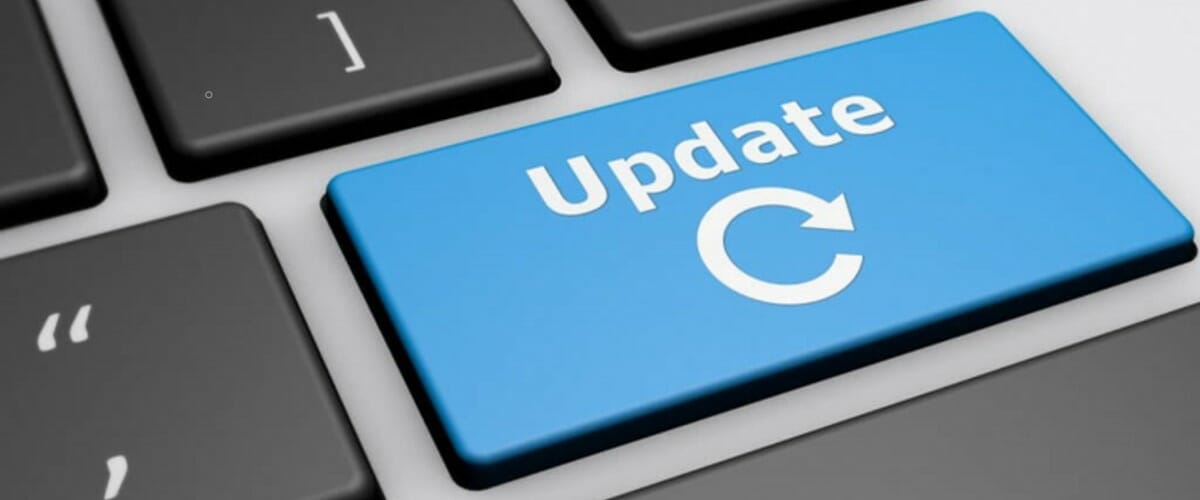
According to users, you can fix BUGCODE_USB3_DRIVER error by upgrading your BIOS. Updating BIOS unlocks new features of your motherboard thus allowing you to use different hardware.
Note: We have to mention that updating BIOS is a somewhat dangerous procedure, therefore use extra caution and make sure to check your motherboard manual for detailed instructions.
10. Use USB 2.0 port during the Windows 10 installation
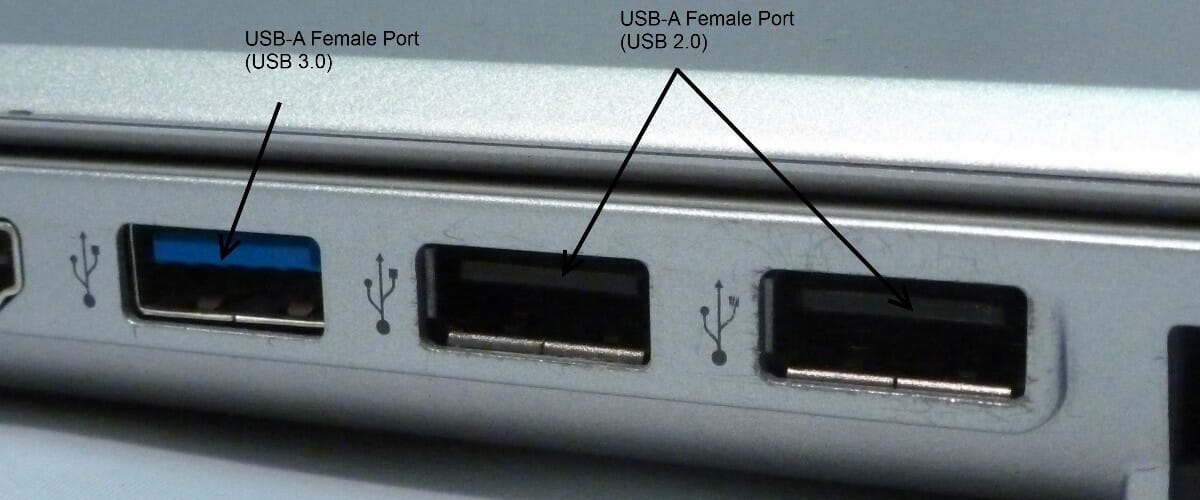
Few users reported BUGCODE_USB3_DRIVER BSoD error while installing Windows 10. According to them, Windows 10 installation has certain issues with USB 3.0 ports.
Therefore if you install Windows 10 from a USB flash drive, be sure to connect the flash drive to USB 2.0 port in order to avoid this error.
Alternatively, you can use Windows 10 DVD to install your operating system if your computer has a DVD reader installed.
11. Reset Windows 10
- Restart your computer a few times during the boot sequence to start Automatic Repair.
- Choose Troubleshoot > Reset this PC.
- Then, select Remove everything.
- You might get asked to insert Windows 10 installation media during this step, so be ready to do that.
- Choose Only the drive where Windows is installed > Just remove my files.
- Then click the Reset button to start.
- Follow the instructions to complete the reset process.
Windows 10 reset is a similar procedure to clean install, and if this error is caused by software Windows 10 reset should be able to fix it.
Since this process will delete all files from your C drive, we strongly recommend that you create a backup. In addition to creating a backup, you might also need a bootable USB flash drive with Windows 10.
After Windows 10 reset is complete, don’t install any drivers or applications. Test your computer for a while and check if the error appears again.
If the error does appear, it means that your hardware is causing this issue, so be sure to perform a detailed hardware inspection and replace the faulty hardware.
BUGCODE_USB3_DRIVER BSoD error can cause certain problems on your PC, but we hope that you managed to fix this error by using one of our solutions.
In our latest guide we covered Bugcode Mbbadapter Driver error, so you might want to check it out for more information. We also have a guide on BUGCODE_WIFIADAPTER_DRIVER that might interest you.
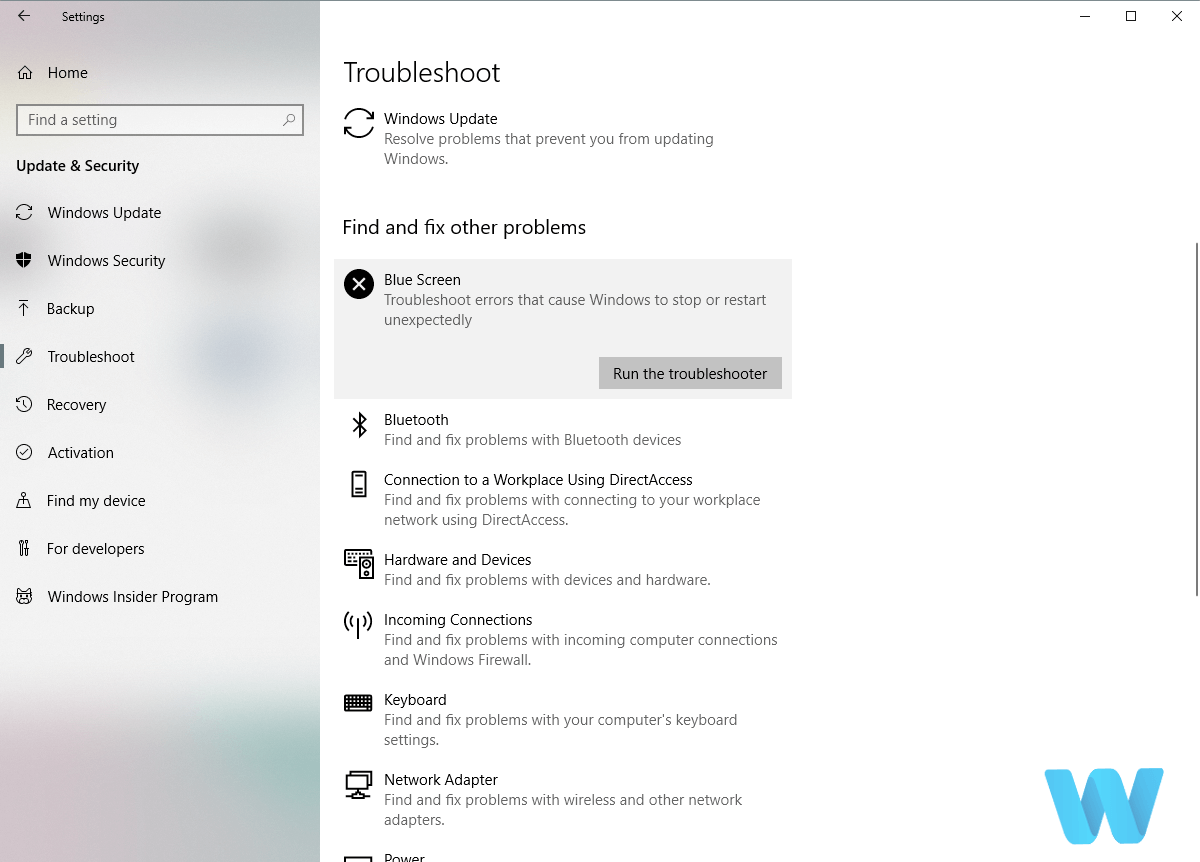
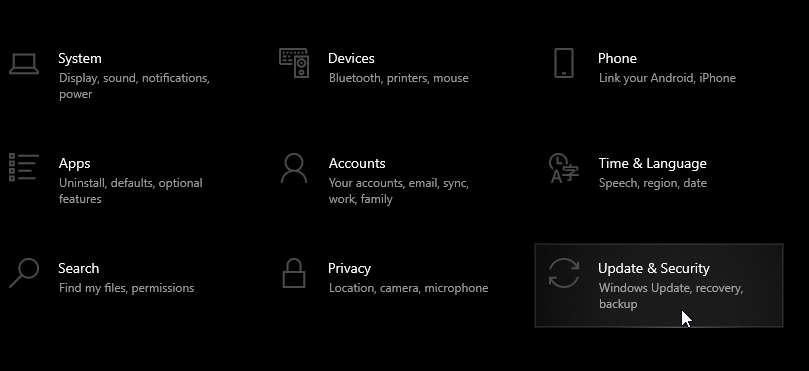
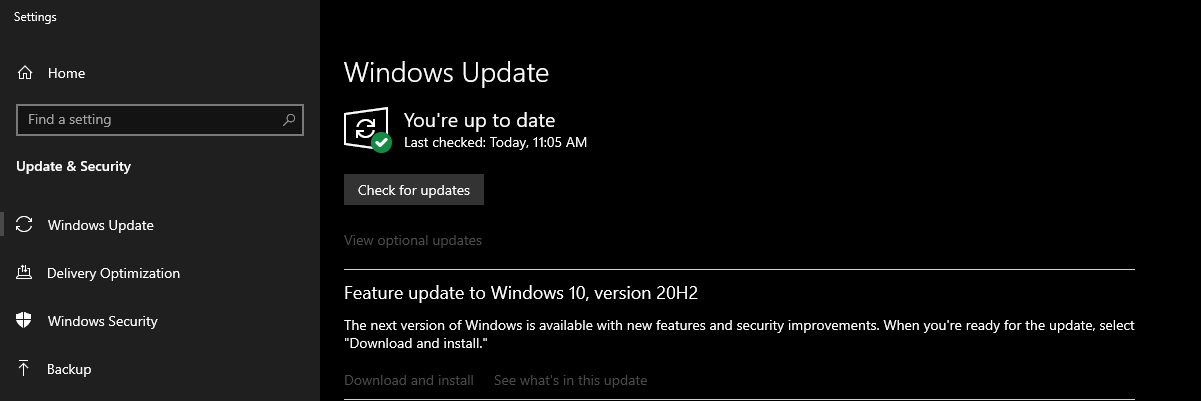
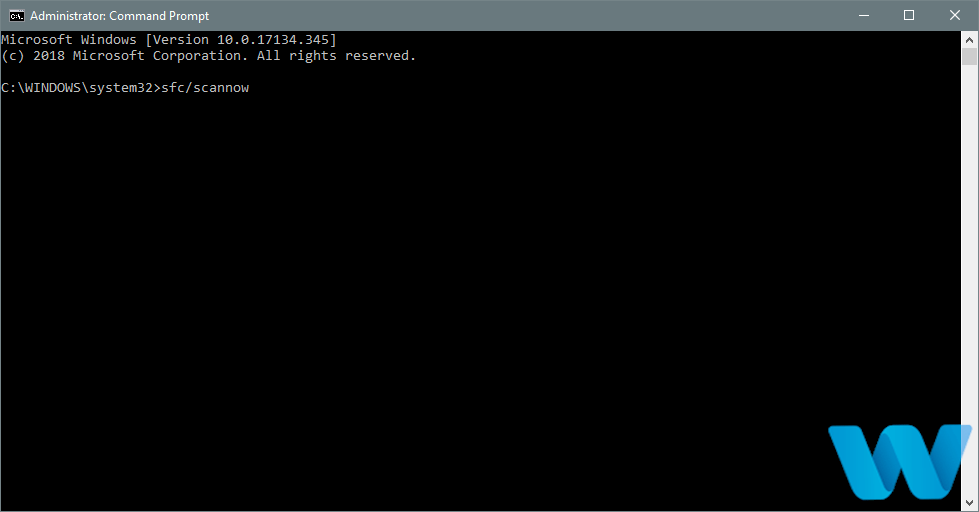
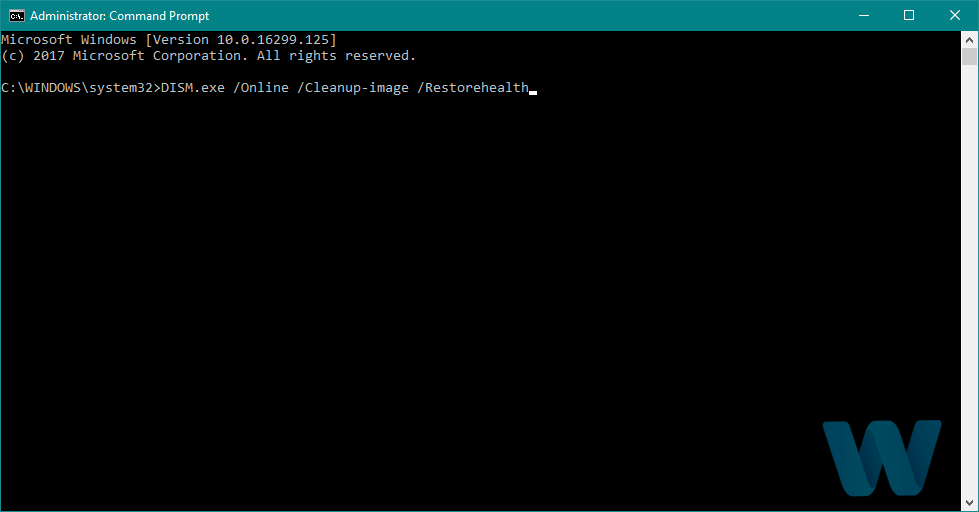

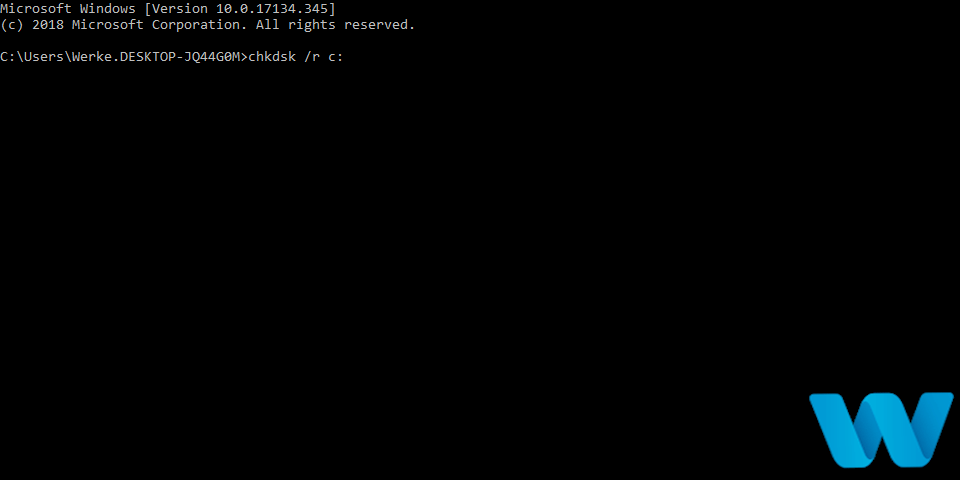
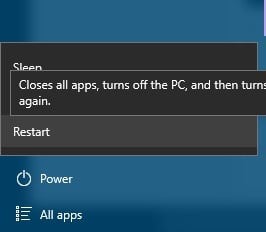

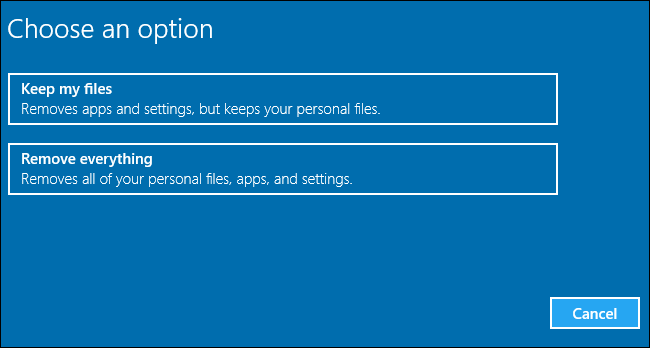

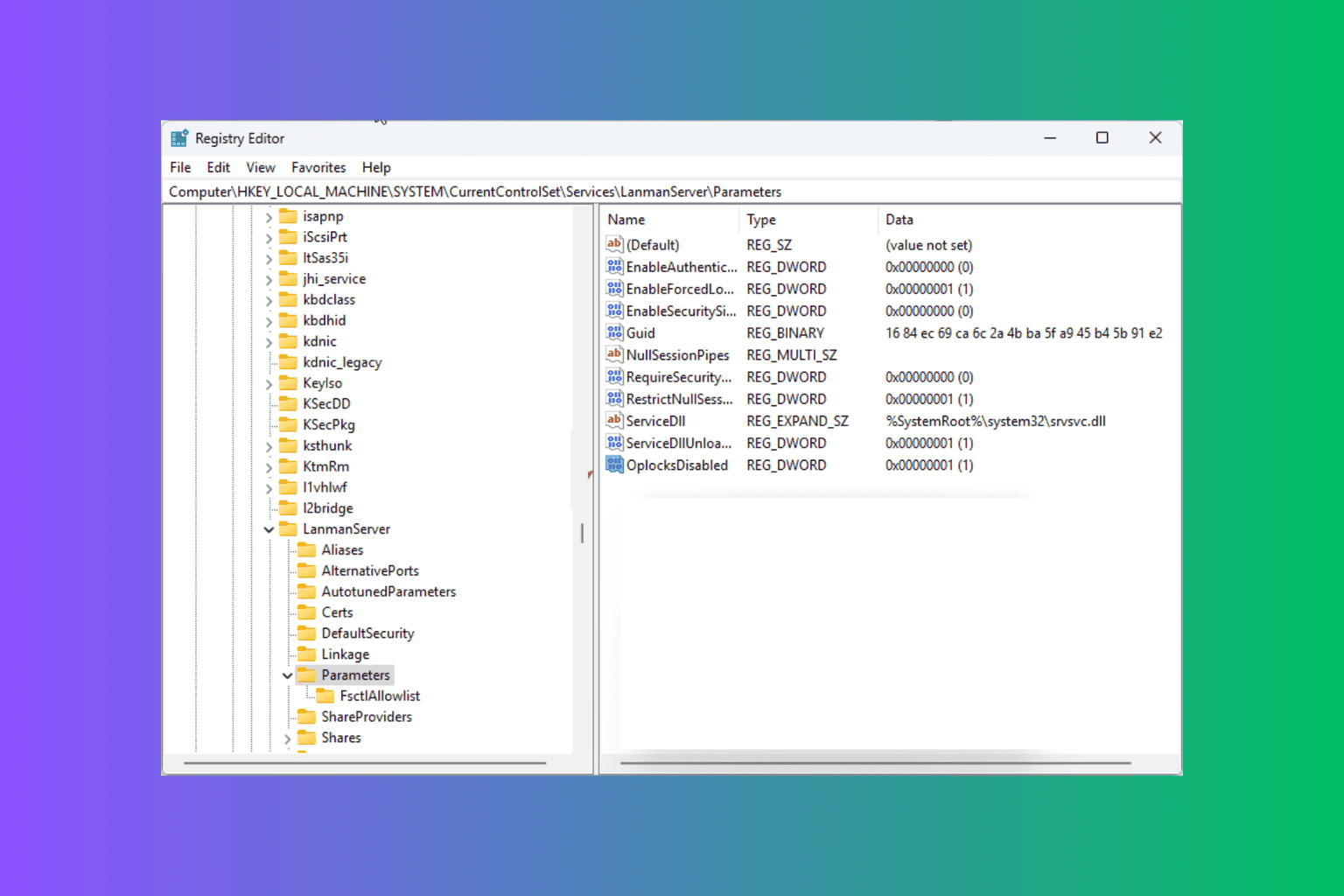
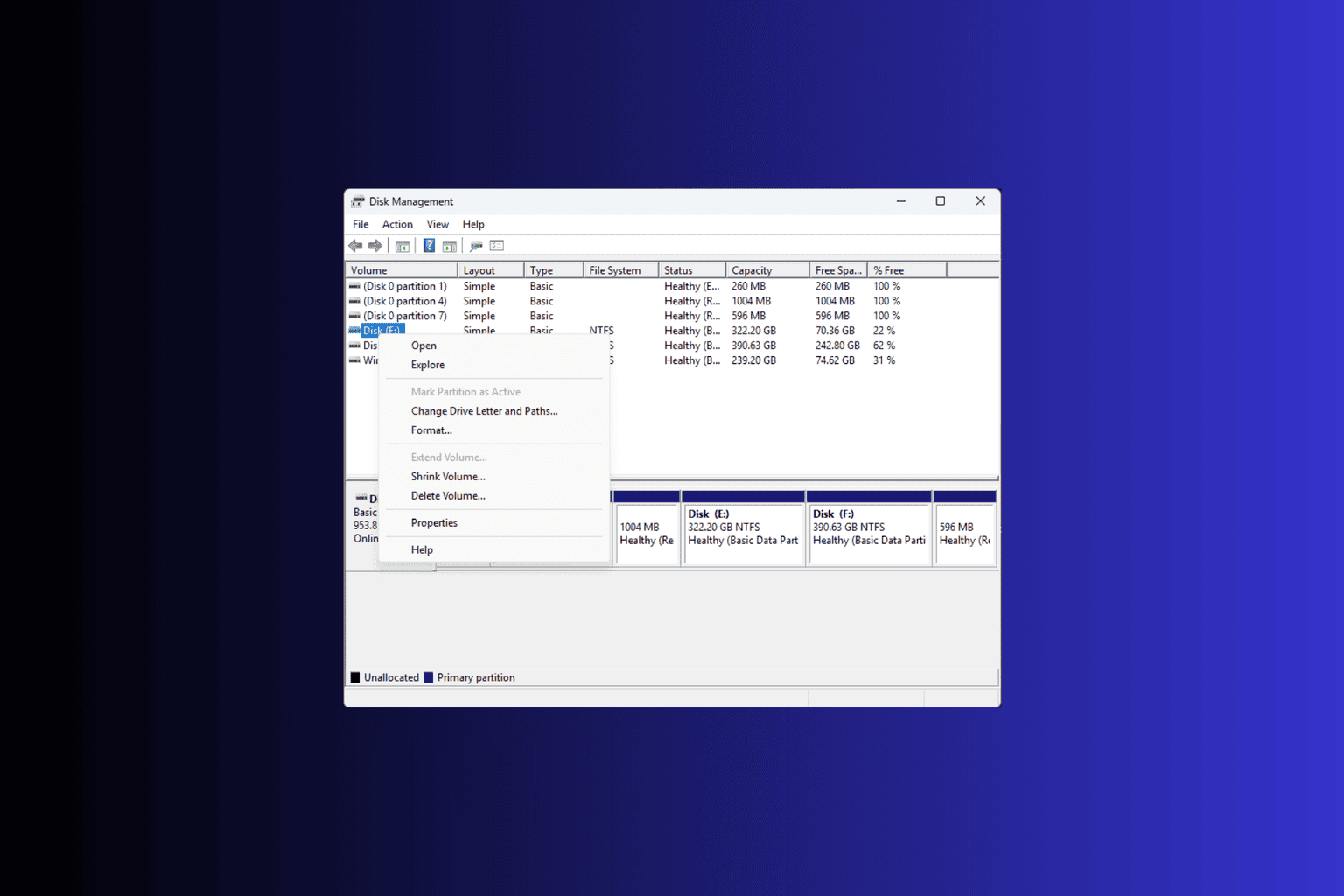
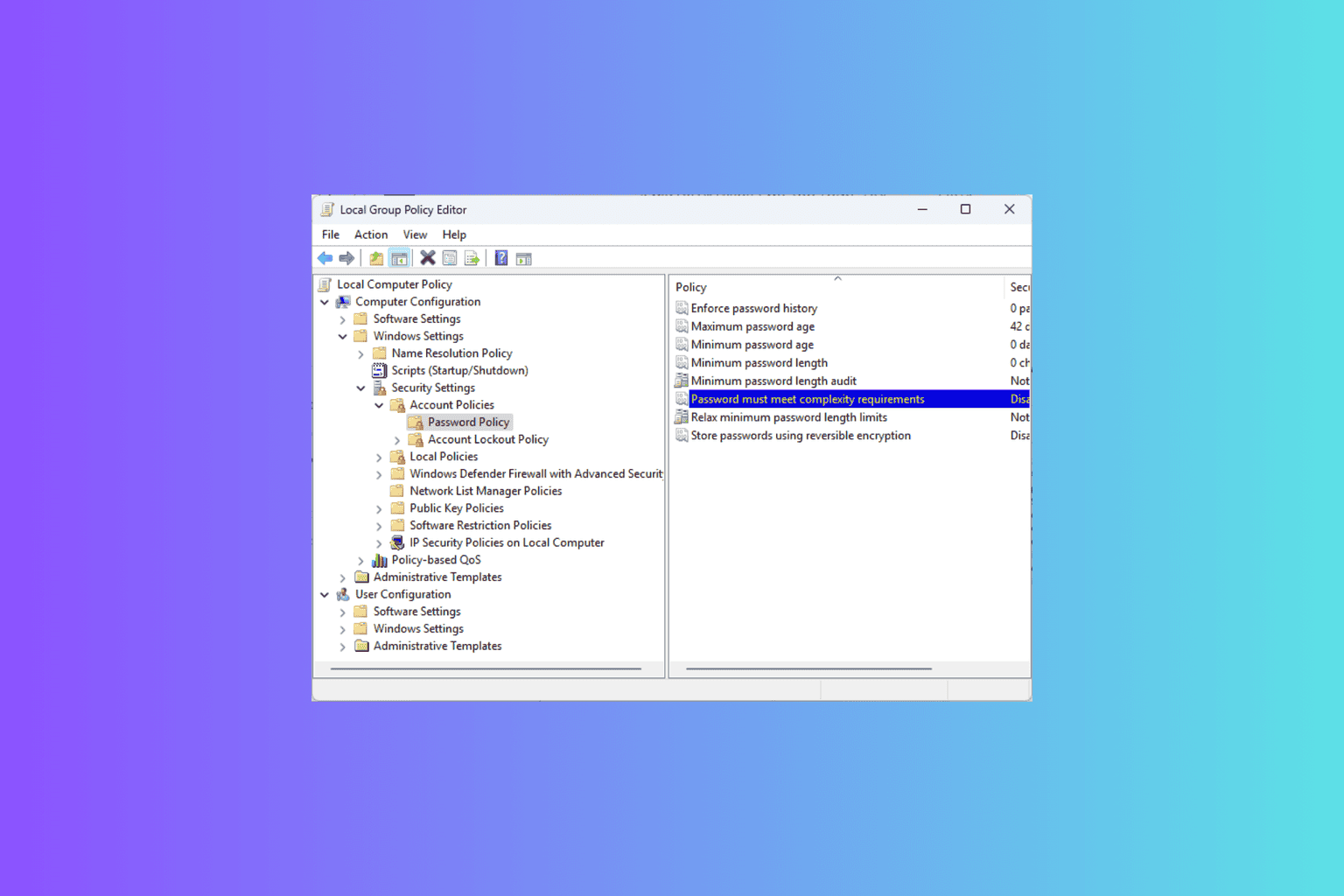
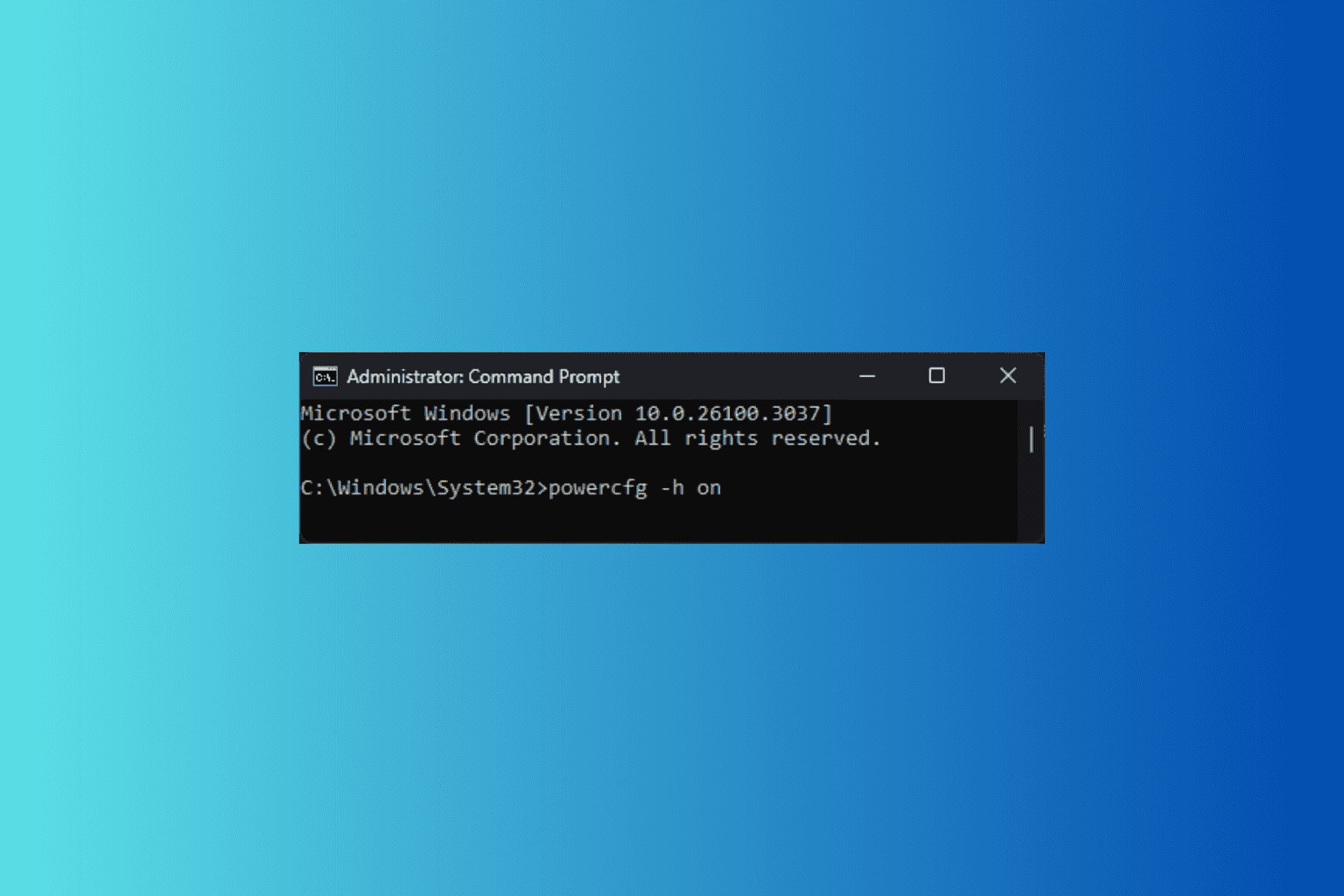
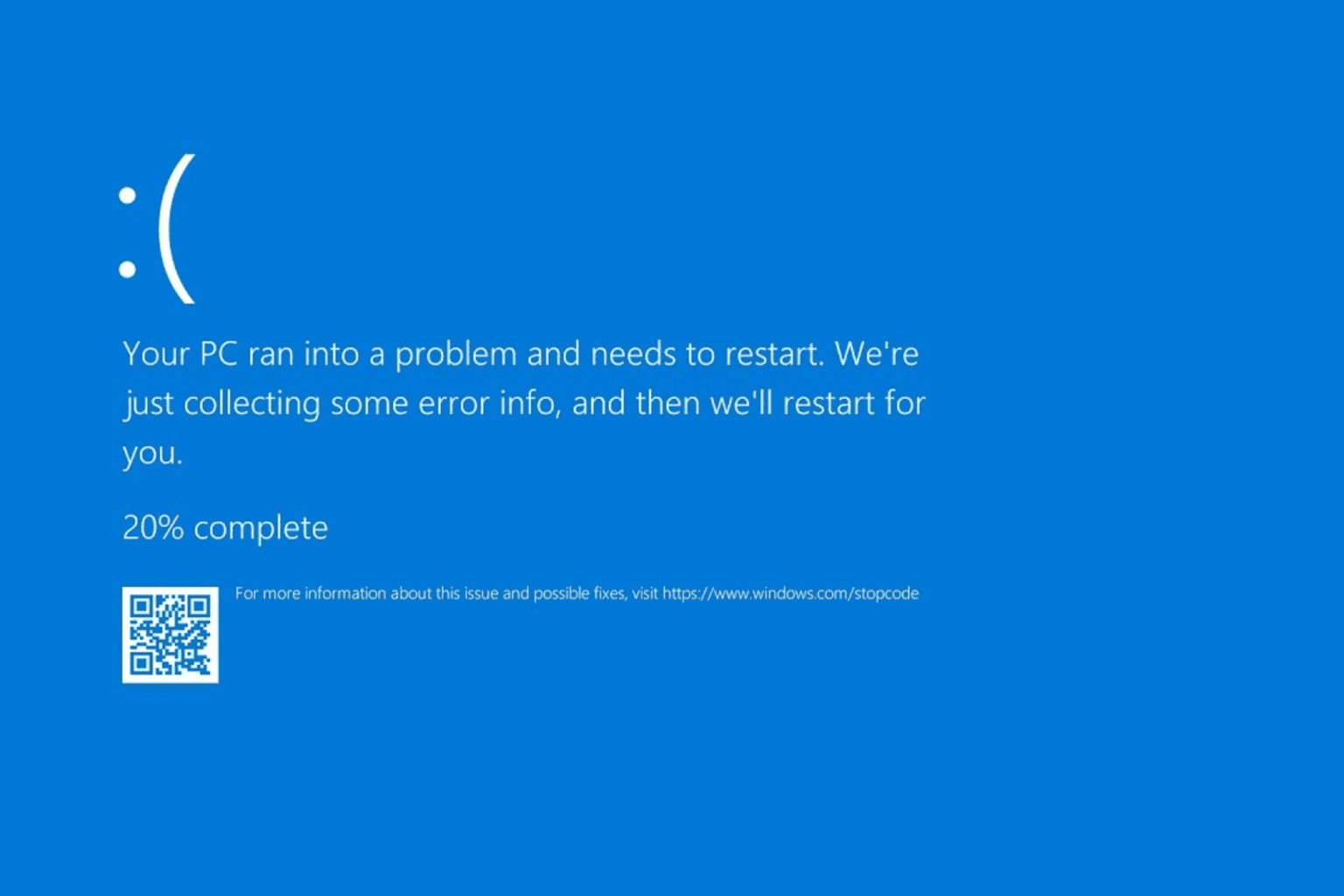
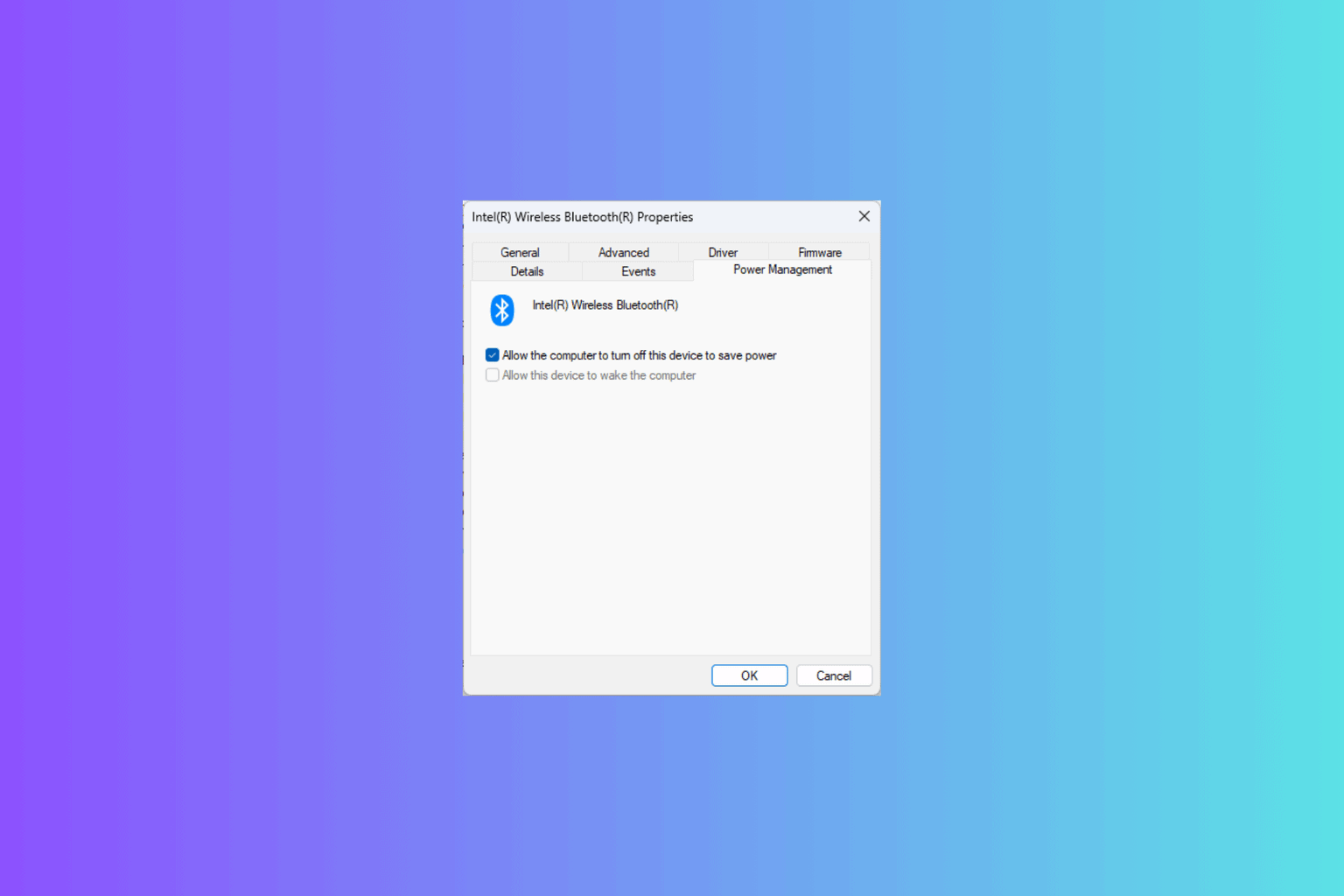
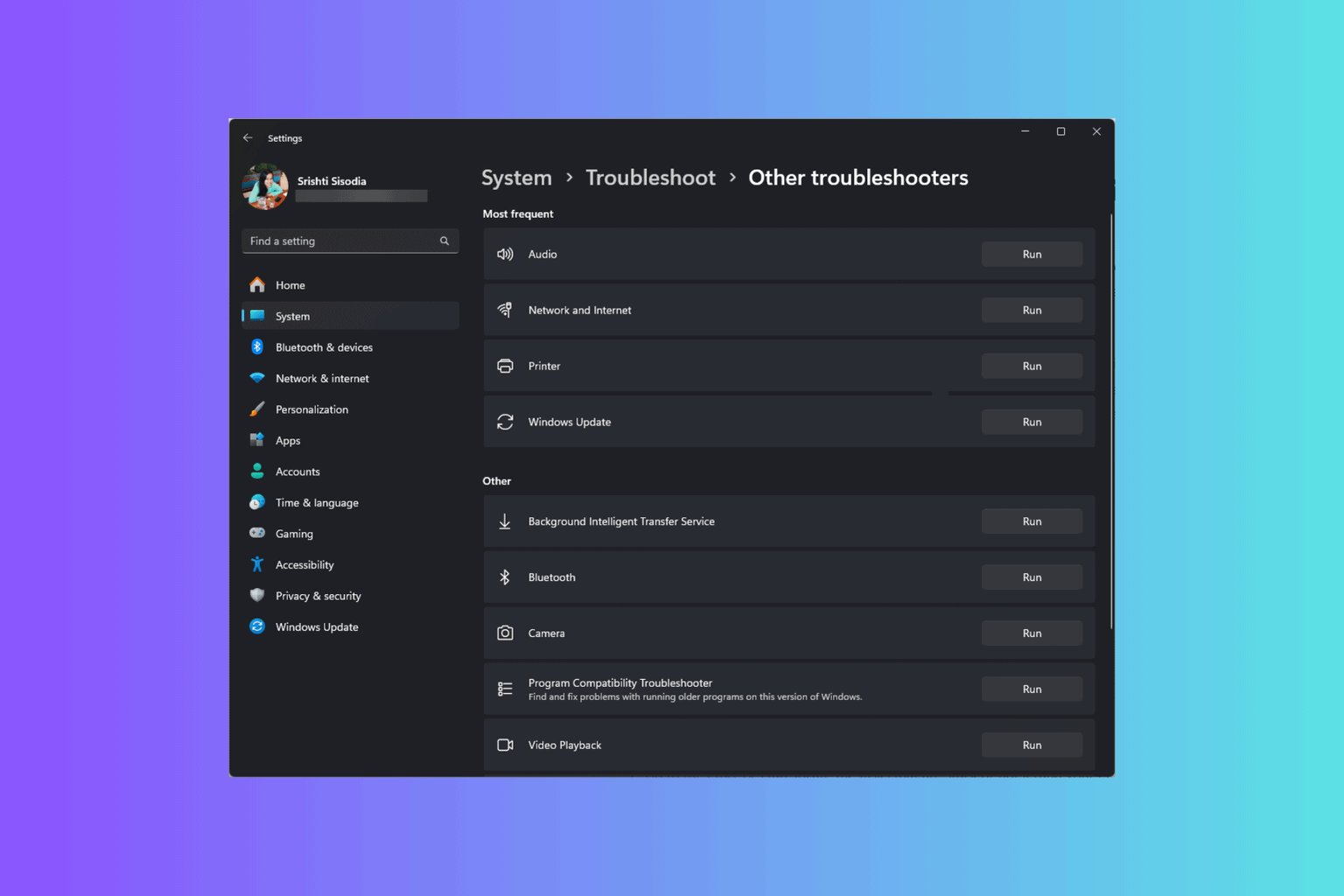
User forum
0 messages